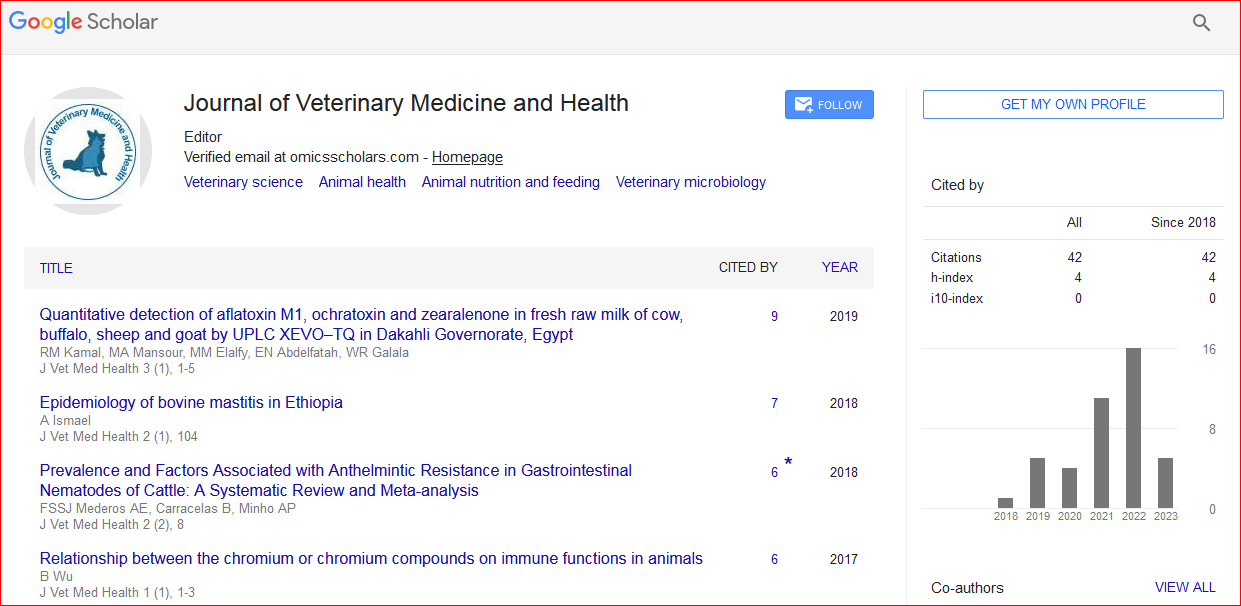Canine Transmissible Venereal Tumor: A Review
*Corresponding Author:Received Date: Mar 20, 2024 / Published Date: Mar 14, 2025
Citation: Anbu EG (2025) Canine Transmissible Venereal Tumor: A Review. J Vet Med Health 9: 284.
Copyright: © 2025 Anbu EG. This is an open-access article distributed under the terms of the Creative Commons Attribution License, which permits unrestricted use, distribution and reproduction in any medium, provided the original author and source are credited.
Abstract
Canine Transmissible Venereal Tumor (CTVT) is a neoplasm transmitted by the physical transfer of viable tumor cells by direct contact with injured skin and/or mucous tissue, as well as in stray and feral dogs that engage in unrestricted sexual behavior. CTVT also known as infectious sarcoma, venereal granuloma, transmissible lymphosarcoma or Sticker´s sarcoma, is a benign reticuloendothelial tumor of the dog that mainly affects the external genitalia and occasionally the internal genitalia. As it is usually transmitted during coitus, it mainly occurs in young, sexually mature animals. The altered tumor cell is the primary cause of CTVT, an uncommon, naturally transmissible and contagious tumor that spreads throughout the host like a parasite allograft. In immunocompetent adults, CTVT progresses in a unique way because it follows a regular growth pattern that comprises progressive, stable and regression phases while metastasis occurs in puppies and immunosuppressed dogs. The animal shows a tumorous mass in the penis and foreskin and a hard, painless subcutaneous mass, without disruption of structural integrity in the head. Gross findings of small nodule-like lesions which are hyperemic and they range in size from a small nodule (5 mm) to a large mass (>10 cm) that is firm, though friable on the external genitalia of both sexes of dog is the most consistent clinical finding. The surface is often ulcerated and inflamed and bleeds easily. The tumor does not often metastasize except in puppies and immune compromised dogs. Smears made from the tumor reveal round cells with vacuoles and mitotic figures. Histologically, CTVT cells exhibit radially arranged around blood and lymphatic vessels and have a high nucleus-to-cytoplasm ratio around a nucleus. Three weekly intravenous injections of vincristine sulfate given in conjunction with ivermectin can cure the majority of cases. Because of the role that stray and wild dogs play in spreading the disease, it is necessary to treat afflicted dogs promptly and provide longterm animal birth control in stray dogs.

